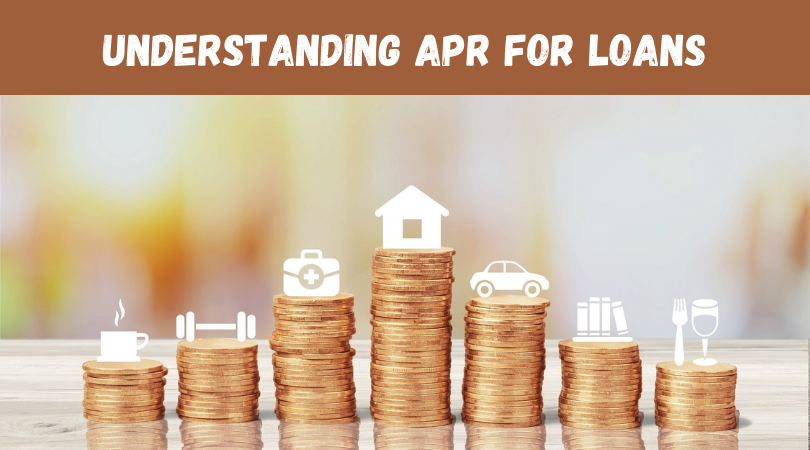Understanding APR for Loans
 When choosing a loan product, a potential borrower is primarily guided by the interest rate set by the lender. But the loan cost depends not only on this indicator. Very often, financial institutions offer a minimum interest on a loan to attract customer service. The main overpayment is hidden in additional payments – different commissions, insurance, APR, etc. They should be taken into account when choosing a credit program.
When choosing a loan product, a potential borrower is primarily guided by the interest rate set by the lender. But the loan cost depends not only on this indicator. Very often, financial institutions offer a minimum interest on a loan to attract customer service. The main overpayment is hidden in additional payments – different commissions, insurance, APR, etc. They should be taken into account when choosing a credit program.
The bank is not a charitable organization. The main goal of its work is to make a profit. It is necessary to cover the cost of paying staff salaries, rent, costs associated with issuing loans, office supplies, operating expenses, interest on deposits. All these factors influence the cost including personal loans APR of borrowed funds.
Often, the amount of paid commissions exceeds the accrued interest. If the amount of interest decreases as the debt decreases, then the banks calculate the monthly commissions on the original loan amount. Accordingly, the size does not decrease every month. In this regard, many borrowers are interested in the question, are the actions of financial institutions legitimate?
The only requirement of the National Bank is that the borrower must be informed about all possible commissions including APR. Accordingly, the main task of the lender is to tell the client the tariffs in detail. If they do not suit him, then he may not take a loan. By charging various commissions, the bank does not violate the provisions of the current legislation.
How to calculate personal loans APR?
As a rule, banks immediately indicate the APR on the personal loan. For example, a loan at 20% means that for 1 year of using the bank’s money, the client pays 20% of the loan amount per year. To find out the monthly rate on a loan, it is enough to divide 20% by the number of months or 20/12 = 1.66% of the loan amount per month.
This is the simplest example how to understand APR on a loan, in most cases, is deducted from the outstanding amount, i.e. the amount you still owe to the bank.
Category: General
Tags: loans
 PaydayLoans in Georgia
PaydayLoans in Georgia